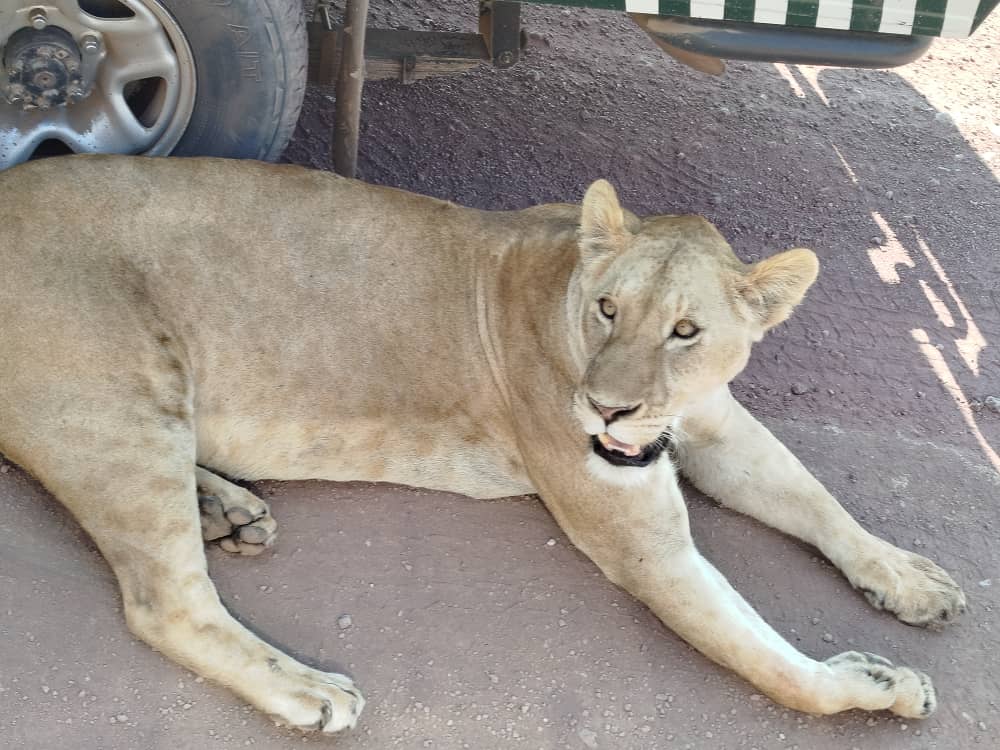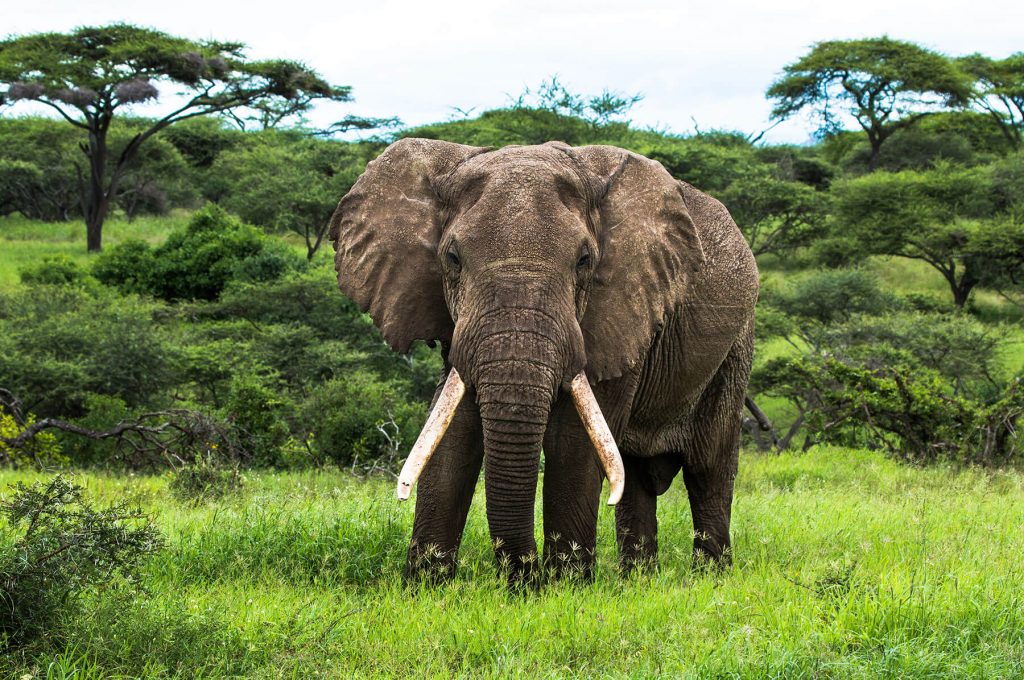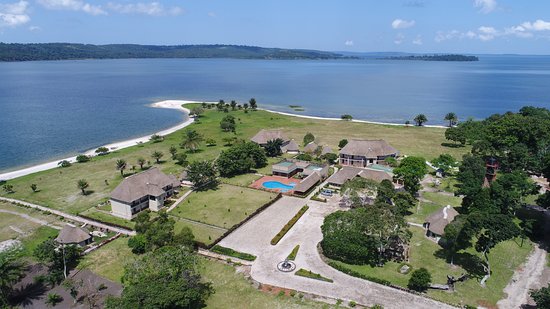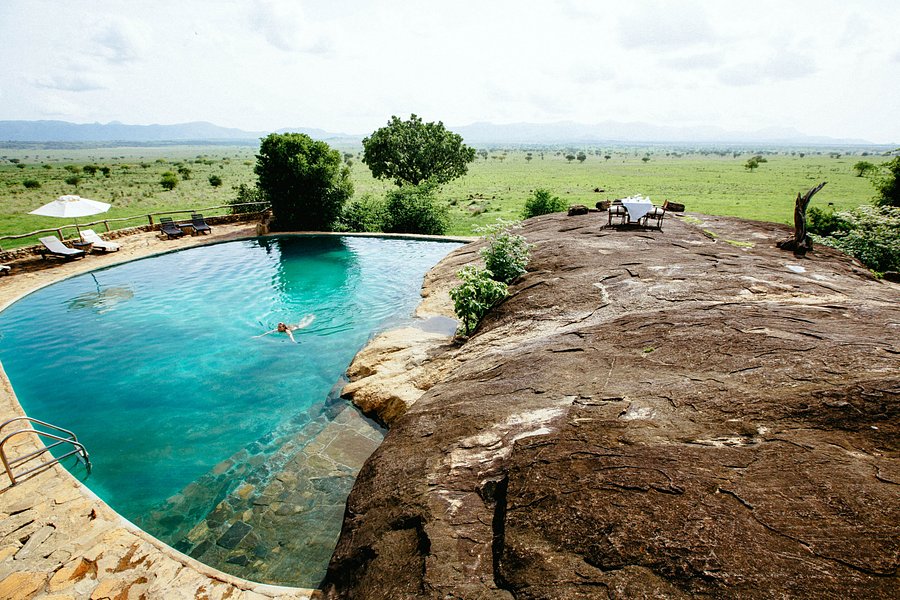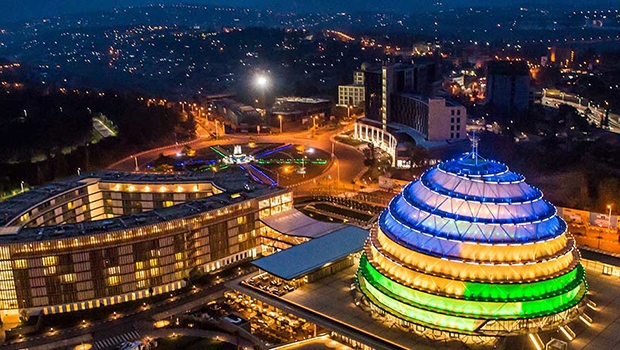Enjoy Tanzania safari that will include the visiting of wildlife (bush) parks such as Lake Manyara National Game Park, Serengeti National Game Park, Ngorongoro Crater, Tarangire National Game Park for game drives and also flying to Zanzibar beach for relaxation (holiday).
On this Tanzania migration safari, you will be able to spot animals such as elephants, leopards, buffaloes, wildebeests, giraffes, zebras, gazelles, baboons, warthogs, klipspringers, antelopes and many other animals.
On arrival, you will be picked up at Kilimanjaro International Airport or picked up from your hotel in Arusha on the day of starting the safari by our company representative and depart for Lake Manyara National Park with a picnic lunch for a full-day game drive. As you enter the national park, lush forests of acacia and mahogany trees begin to set the mood for what is waiting ahead.
The game drive will go on till evening with a small break for a picnic lunch. During the game drive, watch out for buffaloes, giraffes, impalas, baboons, blue monkeys among others. Another spectacle of Lake Manyara National Game Park is the tree climbing lions however, spotting them is a good luck.
On lucky days, you can see the shoreline turning pink with millions of flamingos. After the game drive, you will check-in at your booked lodge for dinner and overnight stay.
Some of the Tanzania lodges in Lake Manyara National Game Park include; Manyara Wildlife Safari Camp, Ango Tree Hotel, Kirurumu Tented Lodge, Lake Manyara Serena Safari Lodge, Escarpment Luxury Lodge, Lake Manyara Tree Lodge, Manyara Green Camp, Migombani Campsite, Morona Hill Lodge and many others.
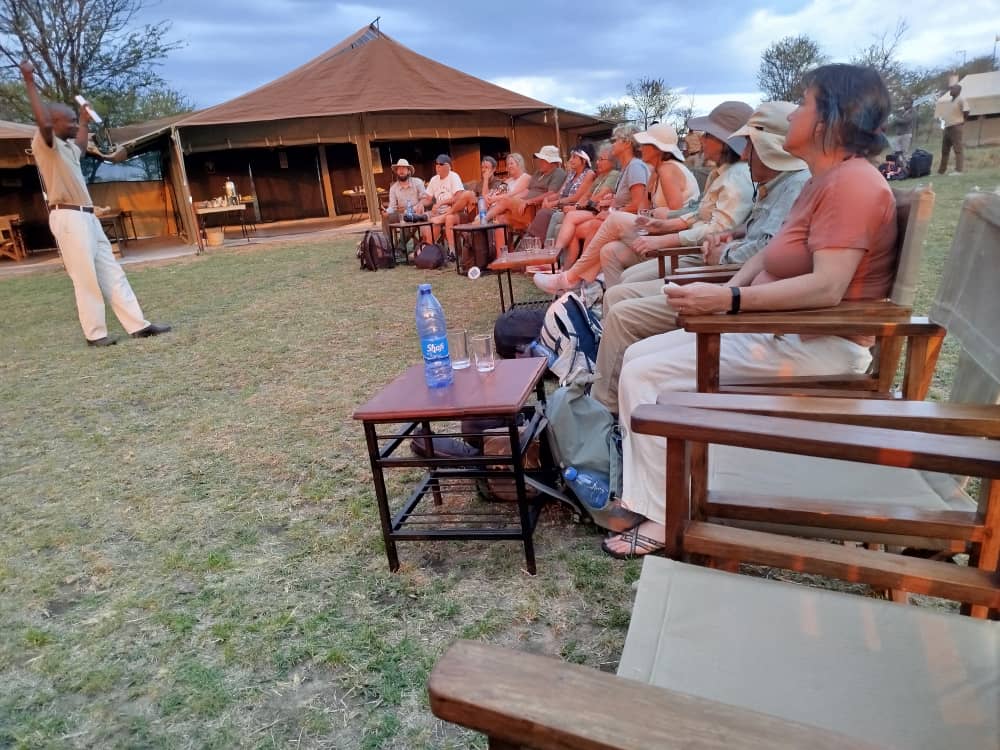
The following day after having breakfast, meet your driver and head towards the Serengeti National Game Park via the beautiful high-lying farmland of Karatu and the Ngorongoro Conservation Area.
Leaving the highlands behind, you will descend into the heart of wild Africa, the Serengeti National Game Park with its endless plains rolling into the distance. You will head to the central park area known as the Seronera area one of the richest wildlife habitats in the park.
It features the Seronera River which provides a valuable water source to this area and therefore attracts wildlife well representative of most of the Serengeti’s species. On arrival in the park, check-in at the lodge for lunch and after go for an afternoon game drive in the Serengeti National Game Park.
Here you will spot a lot of animals such as lions, buffaloes, elephants and many more plus variety of bird species such as Grey crowed crane, Hamerkop, African fish eagle, common wax bill, secretary bird, Kori bustard, Whimbrel, Eurasian Curlew, Black-tailed Godwit, Ruddy Turnstone, Ruff, Curlew Sandpiper, Temminck’s Stint and many other species. Return to the lodge for dinner and sleepovers.
Accommodation options include; Serengeti Kati Kati Camp, Serengeti Migration Camp, Serengeti Sopa Lodge, Nomad Lamai Serengeti, Serengeti Pioneer Camp, Sanctuary Kichakani Camp, Four Seasons lodge and many more.
The next day, you may decide to go for a walking safari. Walking safaris are one of the best ways to explore the Serengeti National Park and is one of the brave and adventurous activity to do in the wilderness. Walking safaris are done on foot with guidance of armed rangers for protection.
During the walking safari, you are able to get close to nature and explore areas which cannot be reached by a car.
On a walking safari, instead of rushing from one animal sighting to another, you examine footprints on the ground and track them. You can also learn how to identify the animals by their droppings as you listen to the melodic chirps of birds and watch a beetle roll the dung and on a lucky day, you can spot an array of animals. After the walking safari, return to the lodge for late lunch and spend the remaining hours at relaxation at the lodge as your waiting for dinner and sleepovers.
The following morning after breakfast, you will start early for your outward journey from the Serengeti to Ngorongoro Conservation Area leaving behind the beautiful Seronera Valley. Lunch will be taken en-route at a designated picnic spot. On reaching the crater’s edge, the 19km diameter caldera opens up before you in all its stunning glory and you will descend into the crater on an adventurous trail. This World Heritage Site is seasonally home to over 25,000 animals including a wide variety of birds, hyenas and the Big Five such as lion, elephant, buffalo, rhino and leopard. Exiting the crater on a different ascent road, you will drive to Karatu in the Ngorongoro Highlands and finally head to Tarangire National Park where you will have your dinner and overnight stay.
Accommodation option in the park include; Tarangire Sopa Lodge, Tarangire Kirurumu camp, Roika tented camp, Tarangire treetops, Nimali Tarangire, Tarangire Osupuko Lodge, Sangaiwe Tented Lodge, Tarangire Simba Lodge among others.
The day will start with breakfast and later go for a half day game drive in Tarangire National Park. This Tanzania’s third largest national park is known for its majestic baobab trees that dot the landscape, dwarfing the animals that feed beneath them. The Tarangire River is the centerpiece of this park which is famous for some of the largest herds of elephants in Africa. Here you may see lions, leopards, cheetahs, lesser kudu, buffalo, oryx, eland, giraffe, zebra and many other animals. By mid-afternoon, you will branch out and head towards Arusha where you will be dropped off at your preferred location or hotel for dinner and overnight stay.
The next morning after breakfast, you will check out at the hotel and drive to the Arusha Airstrip for your flight to Zanzibar. On arrival at Zanzibar, our representative will pick you up from the airport and transfer you to your hotel for refreshment and lunch. Relax at the hotel as you are waiting for dinner.
Accommodation options include; Kilindi Zanzibar, Mandarin Resort Zanzibar, The Seles Boutique Hotel, Fumba Beach Lodge, Driftwood Beach Lodge, Karamba Zanzibar among others.
The following day, you can do as many activities as you wish in the Zanzibari area. Enjoy leisure at the beach resort, ride a boat at the Indian Ocean Island, go to Prisons Island, spice tour, do scuba diving and snorkeling. These activities are optional and are available at extra costs. At the end of the day in the beach area, you will return to accommodation for dinner and your overnight stay.
On your last day, enjoy the rest of your stay by relaxing in the pool or in the beach while taking in as much sunshine as you can. In the afternoon, you be transferred to the airport for your onward destination.


